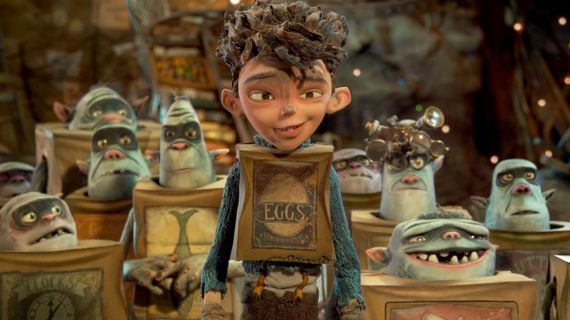
With 79 sets and 20,000 props, The Boxtrolls may be the most ambitious and large-scale stop-motion film ever made. Animation studio Laika, who also imagined the worlds of Coraline and Paranorman, ups the ante for The Boxtrolls by marrying stop-motion, hand-drawn animations, computer graphics and stereoscopic 3D into a visceral and immersive experience. We spoke to Laika about the creation of their new movie:
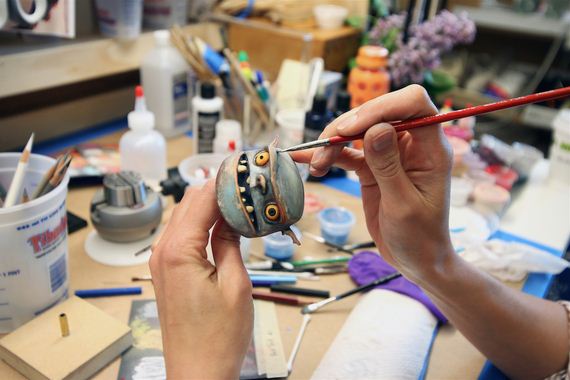
With The Boxtrolls, stop-motion animation, one of the oldest forms of filmmaking, experiences a revival. “We were luddites embracing the loom. By integrating technology instead of turning our back to it, we could take the medium to a new place,” says The Boxtrolls’ lead animator, and Laika CEO, Travis Knight. Stop-motion-as-story-vehicle made sense because, as with previous Laika projects, the plot offered the perfect balance of light and dark elements, all tied together with a cathartic resolution. Laika had all the tools to bring the world and characters of Alan Snow’s original fantasy story, “Here Be Monsters,” to life.
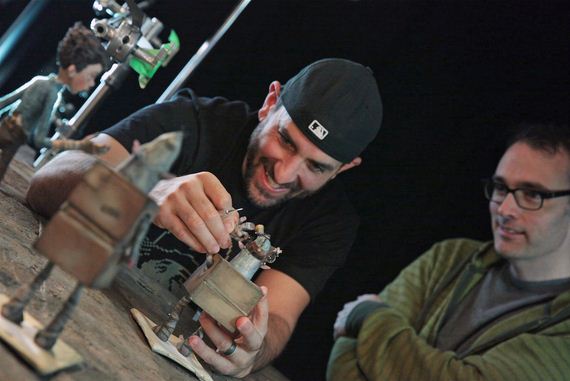
The story goes something like this: in the city of Cheesebridge, a family of curious and timid creatures known as the Boxtrolls rollick through the streets wearing cardboard boxes, in search of mechanical trash to take back to their underground lair. Although hardly a nuisance, they’re hated by humans who believe them to be gruesome, baby-eating monsters. After villain Archibald Snatcher, brilliantly voiced by Ben Kingsley, promises to capture and eliminate all of the Boxtrolls for the prize of a white hat that would grant him access to mayor Lord Portley-Rind’s elite group of cheese tasters, a human boy named Eggs goes on an adventure to rescue the Boxtrolls—and in doing so, learns about his identity and his past.
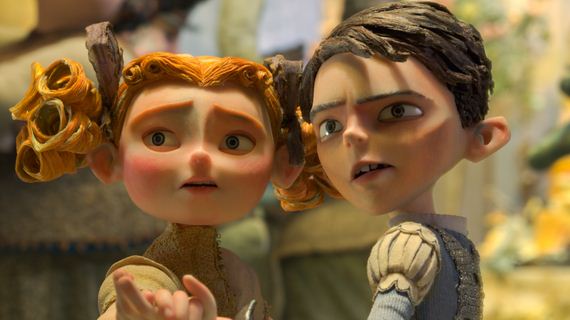
In order to find the most clever, innovative and scalable solutions that would translate the story into a visual experience, co-directors Graham Annable and Anthony Stacchi looked at the process like a giant puzzle. One challenge, for example, required making the sewer-river Eggs passes through look like running water. To uncover the answer, they had to think in visual metaphors: what physical form would create the illusion of ripples? After a long process of experimentation, the answer turned out to be a pane of shower glass, shifted back and forth over bits of aluminum wire, mirror, Mylar and masking tape. Because of this attention to detail, from Egg’s sweater to the city’s cobblestone streets, everything one sees in The Boxtrolls once existed in a physical form.
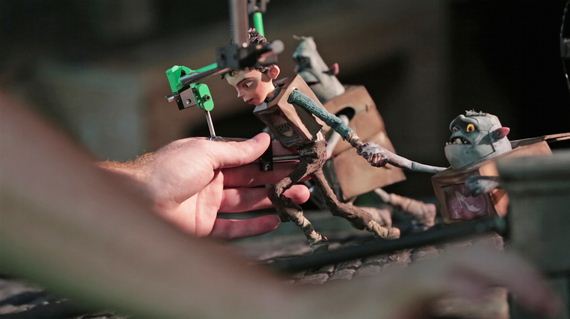
The usage of real objects lends a tactile quality to the film that wouldn’t be possible through CGI. Even the characters’ emotions had to feel like they really existed. For Eggs, there were 1.4 million possible facial expressions and of them, 15,000 were 3D-printed. In total, over 53,000 3D-printed faces were used in the film for all of the characters.
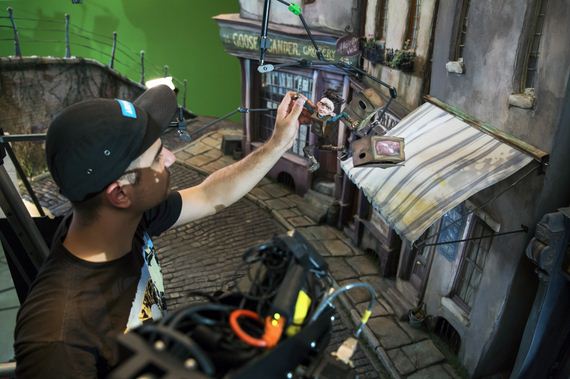
And while brainstorming process might have been slow, the filming took even longer. For The Boxtrolls, it took individual animators a week each to complete 3.7 seconds worth of footage. It took several years to complete the full-length feature. “You have to have the ability to concentrate on really small detailed bits for long periods of time,” explains Knight. “It’s like a chess match or a mathematical problem.”
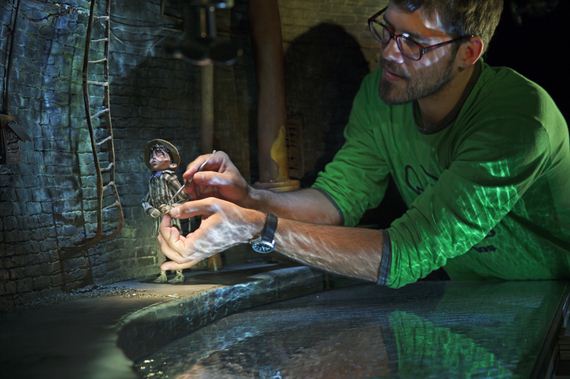
Take the scene where Eggs attends a party at Lord Portley-Rind’s home, for example – Both Annable and Stacchi agreed that one scene in particular was especially challenging to create. Tasked with manipulating 40 puppets at once in a ballroom dancing sequence, the team brought in a local dance company to help choreograph the scene. The details of voluminous skirts bouncing up and down came from the movement of Slinkys.
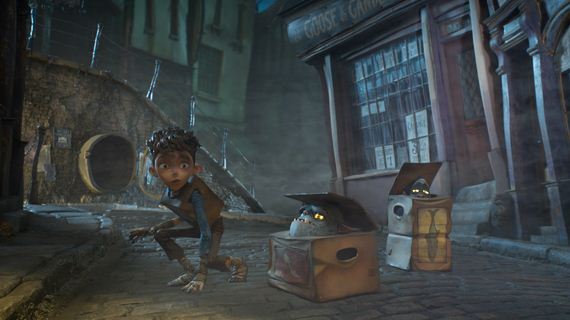
Even when an incredible amount of work went into storyboarding each detail in advance, the puppeteering process meant that results were often unpredictable. “The whole movie comes down to those insane precise conversations you have with the animators right before you launch a scene,” says Annable. Knight agrees it’s one of the most maddening things about working on a stop-motion project—but also what gives the final product its unique sensibilities.
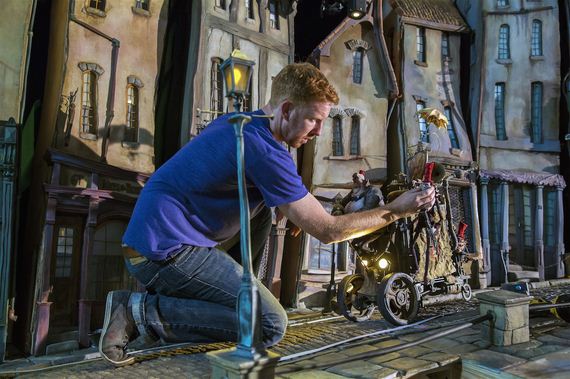
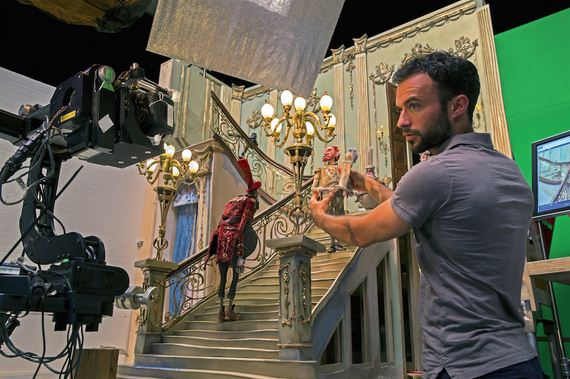
Though much of the details of the film were physically crafted, CGI provided a way to conquer the limitations of stop-motion. With computer generation, the team could take the story from its constricted physical sets into broader visual contexts, as and craft larger senses of space and place. Graphics and hand-drawn animations gave the directors the ability to pan beyond Cheesebridge, shooting wide expanses of sky, horizon, clouds and even crowds. In this way, the Boxtrolls’ fictional world could be made to feel gigantic.
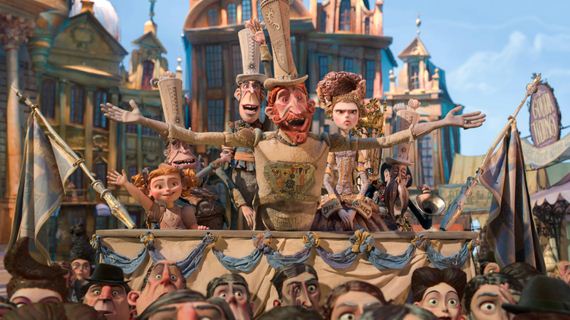
With The Boxtrolls, Annable, Stacchi, and Knight saw an opportunity to push the art of stop-motion to new heights. “You look at Transformers and Pacific Rim—the visuals are unbelievable. Every movie keeps pushing more pixels, getting louder and more impressive. Where do you go from there?” Stacchi asks. “We went for finding the innovation in the small, because there was no room to get bigger.”
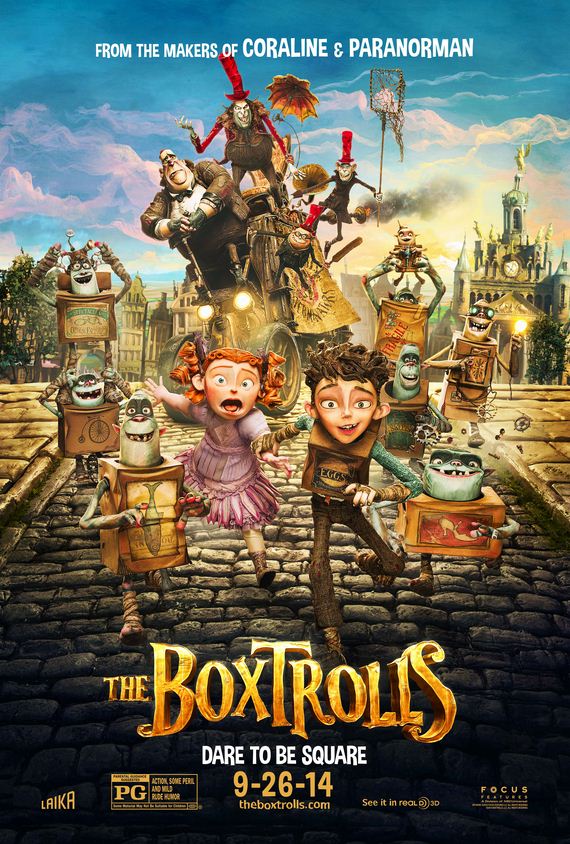
 Barnorama All Fun In The Barn
Barnorama All Fun In The Barn